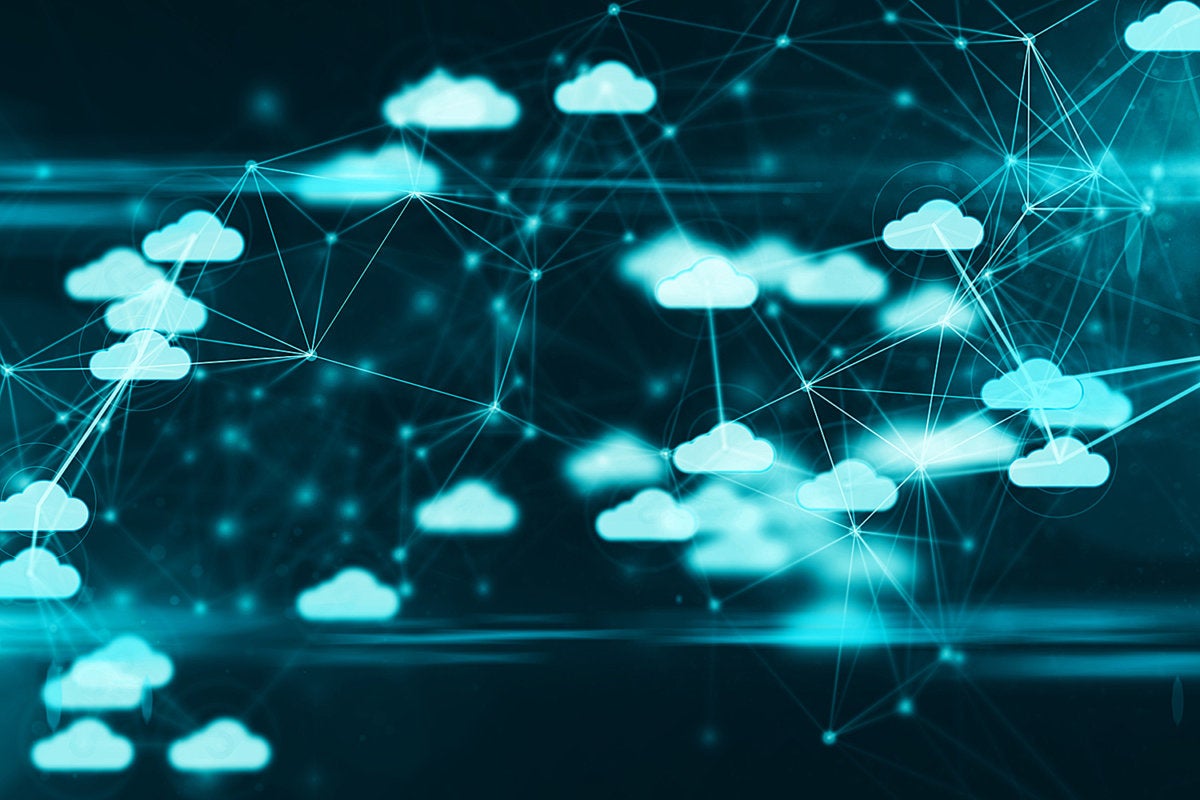
The Internet of Things (IoT) is beginning to take the world by storm, but it is three other technologies, artificial intelligence (AI), blockchain and fog computing, which are helping to drive its development and make it even more useful. When these technologies are combined, they are able to radically transform what IoT is capable of. Here, we’ll look at each of these technologies to show their importance for IoT development.
AI and the IoT

IoT devices are often referred to as smart devices. But actually, on their own, they are not that smart. They can take sensory readings, share that information through their internet connection and follow preprogrammed instructions or carry out tasks that are sent to them.
To make them truly smart, AI is needed to analyse all the data that IoT devices collect. And they can be made even smarter when machine learning is used as it gives them the ‘intelligence’ to make informed decisions based on previous learning. In this sense, IoT devices are like primitive animals which can sense and act, however, when AI technology is added, it is like giving them a brain.
Combining IoT and AI offers enormous potential. In the NHS, for example, it will enable patients at home to use IoT devices to monitor a range of important health factors, such as blood pleasure, heart rate and blood sugar levels which can enable IoT-AI systems to remotely diagnose issues and advise the patient about any changes they need to make with regard to lifestyle or medication. They can also be used to trigger emergency call outs or community nurse visits if needed.
In industry, the use of IoT devices to monitor the health of critical equipment enables AI to predict when maintenance issues will arise. This means enterprises can undertake preventative measures to stop breakdowns happening before they occur and this ensures that operations can carry on without interruption. This can be applied in places such as data centres, manufacturing plants and nuclear power plants. It’s already being used by both Boeing and Rolls Royce to monitor aircraft engines during flight.
Blockchain and IoT
![]()
By combining blockchain technology with IoT, enterprises and their customers are able to guarantee that data is authentic and that products and their components are genuine. For example, when using IoT devices to track goods through the manufacturing process, each component can be given a unique digital ID enabling its history and movements to be stored in indelible, tamper-proof blockchain repositories. As a result, businesses and consumers can be assured the product is as described. For example, someone buying a computer could be confident that the components inside were not counterfeits or someone buying oranges could ensure that they were organically grown.
Fog computing and IoT

A key factor in the success of IoT is cloud technology which enables vast quantities of data to be transmitted, stored and analysed. However, as the IoT grows, the volume of data being collected is expanding exponentially. As a result, the cloud on its own is becoming less able to deal with the real-time requirements of bandwidth-heavy applications. For example, imagine all the sensors needed to fully operate an IoT, self-driving car. These vehicles need to process data exceptionally quickly, yet with so many sensors and so much data being created it would be impossible to get the reaction times needed using a satellite for connectivity.
The solution comes in the form of fog computing, a technology that uses distributed cloud capabilities. Essentially, fog computing extends the cloud architecture to the device itself, so that data can be processed and analysed in real time at the actual location. In this way, only the processed data needs to be transmitted to the cloud, reducing bandwidth usage and cutting down the amount of centralised storage needed.
The AI, blockchain and fog combination

While these technologies provide powerful outcomes for the IoT, using them in conjunction multiplies the benefits. If we look at the drones that retailers like Amazon are experimenting with at the moment, AI, blockchain and fog computing would enable them to be far more effective. They could ensure that their components do not fail, that they take the most effective routes, and that they are able to manoeuvre around obstacles in their path, even at night. Fog computing ensures the data is processed on the drone, AI can make decisions regarding obstacle avoidance and blockchain makes sure that that data being used to make these decisions is authentic (i.e. preventing it being hacked and remotely controlled).
Conclusion
Together, AI, blockchain and fog computing are three technologies that are expanding the potential of the IoT. Individually, each one adds new and exciting capabilities, however, when they are working together they provide a synergy which is driving the development of the IoT in ways that make it more useful and powerful than ever before.






